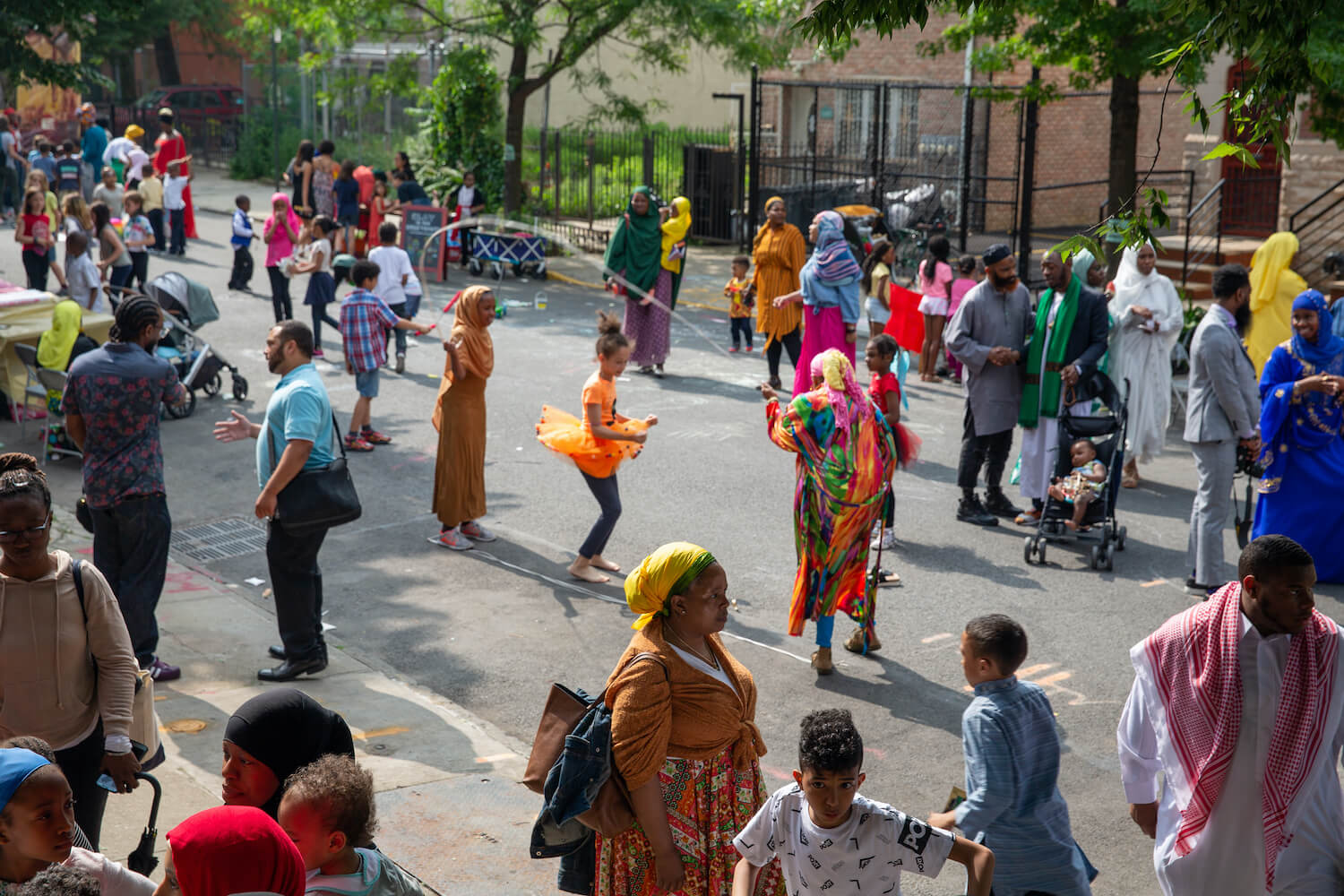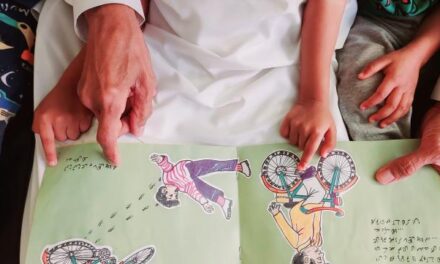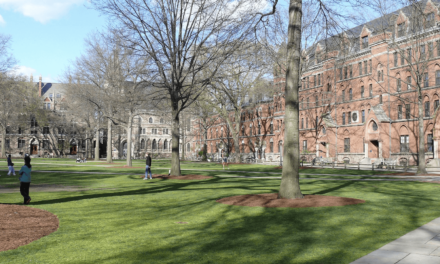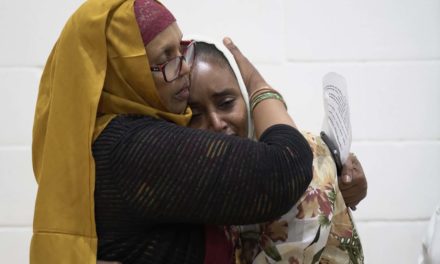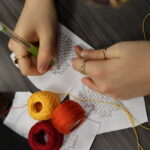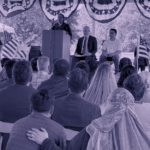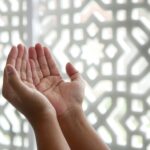Rose Adams for Brownstoner
Joey O’Loughlin via Brooklyn Historical Society
A new website from the Brooklyn Historical Society sheds light on the history and experiences of Muslims in Kings County through dozens of oral histories — allowing outsiders to view the borough through a Muslim’s perspective, while preserving the recordings for future generations, said the project’s creator.
“Oral histories provide us greater access to often marginalized or diminished voices, and can be both personally empowering and collectively transformative,” says former Historical Society Oral Historian Zaheer Ali, who coordinated the project. “Sharing the listening experience establishes a common frame of reference for cross-cultural and intergenerational communication.”
The site, which launched on September 9, is the final element of the society’s three-year-long “Muslims in History” oral history project, which collected more than 50 recordings from Muslim Brooklynites over the course of a year. The diverse narrators, whose ages range from 24 to 74, spoke about their lives in Brooklyn in conversations that lasted between 90 minutes and two hours, Ali told Brooklyn Paper in 2018.
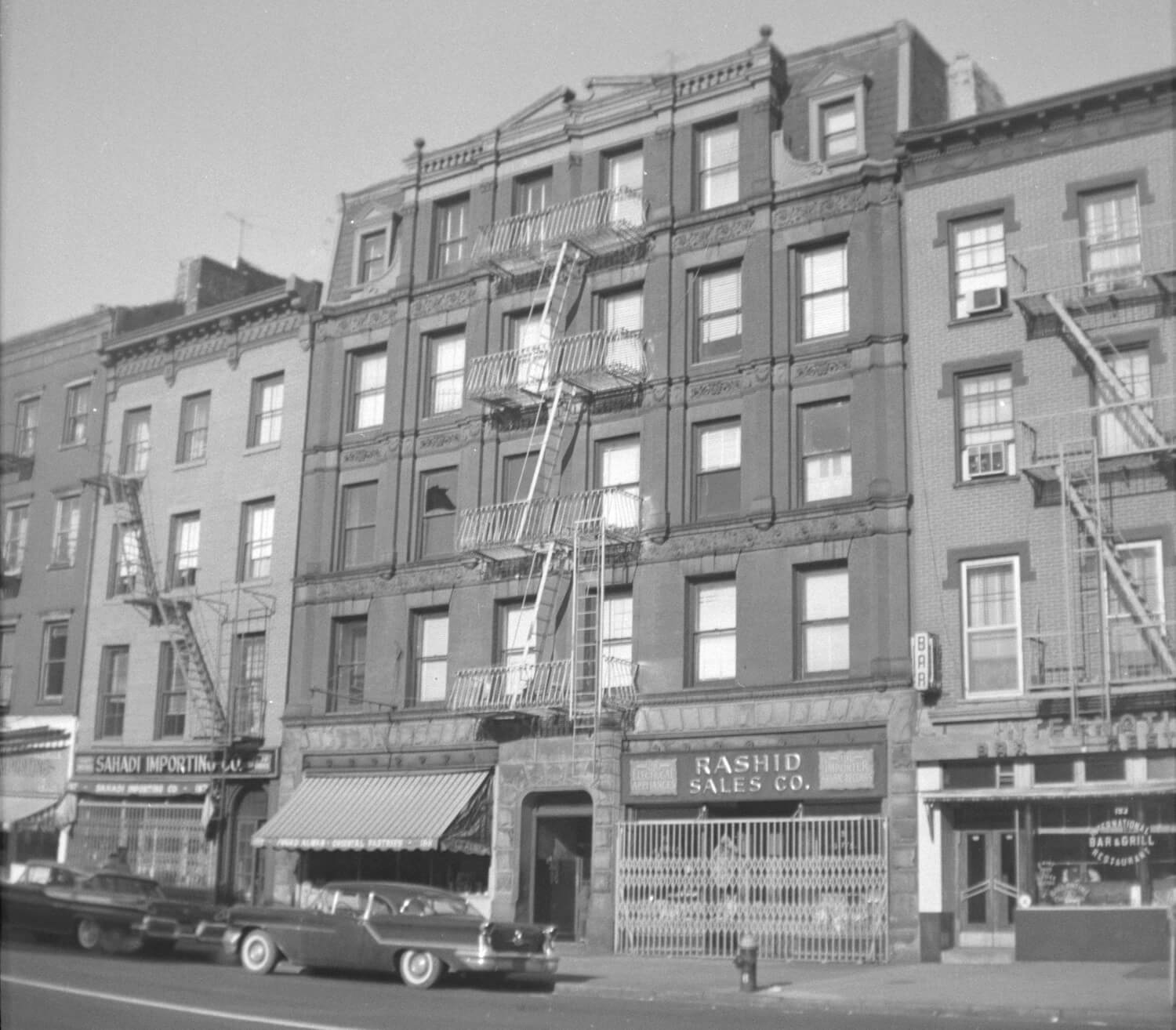
Fovad Alwan Pastries and Rashid Sales Co. on Atlantic Avenue in 1958. Photo by John D. Morrell via Brooklyn Historical Society
Historians created the website to break down about half of the recordings into approximately seven-minute-long segments, and organize them by theme to make the project more accessible to teachers, students and residents across Brooklyn, said the president of the Brooklyn Historical Society.
“These clips were selected very deliberately to illustrate points and aspects of this whole project,” said Deborah Schwartz. “We chose these themes not just by pulling the themes about what people said in the oral histories, but also thinking what would be meaningful in the context of schools and curriculum.”
The more than 60 clips are sorted into two main categories: “Growing Up and Fitting In,” which focuses on the narrators’ childhoods, and “Listening to the City,” which centers on belonging and Islamophobia. The categories include stories about having male friends as a girl, starting a small business, and experiencing discrimination and surveillance after 9/11.
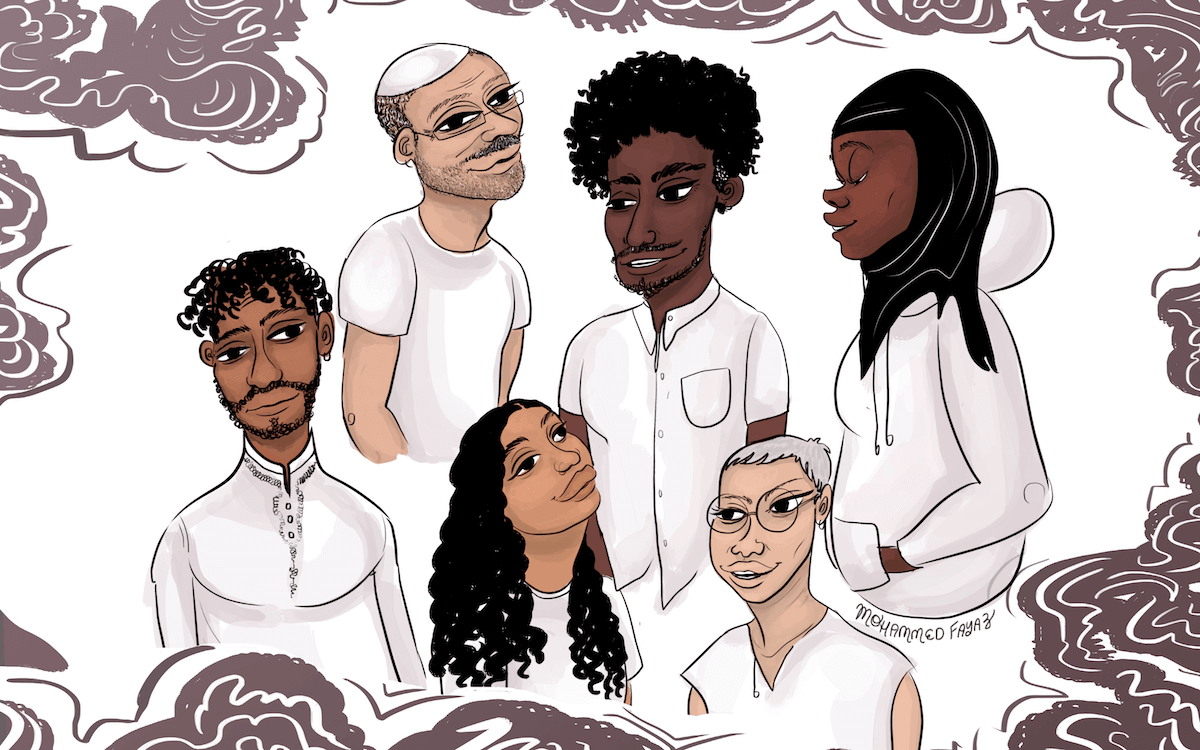
‘An Ummah In Conversation’ by Mohammed Fayaz. Image via Brooklyn Historical Society
The website’s 24 narrators — which include business owners, students, imams, and activists, such as the well-known Palestinian activist Linda Sarsour — highlight the wide range of perspectives while underscoring shared experiences, Schwartz said.
“We tried to give people a sense of the range of perspectives, of stories, that include both emotional responses and, in some cases, very political responses,” she said. “Each one, in essence, looks at a different set of ideas.”
The website also allows visitors to sort through the recordings by neighborhood through a digital map, or to view all the clips under a single narrator, each of whom has a short biography. Teachers can get their own specialized tutorial on how to use the resource in workshops that the society will offer in the fall and spring.
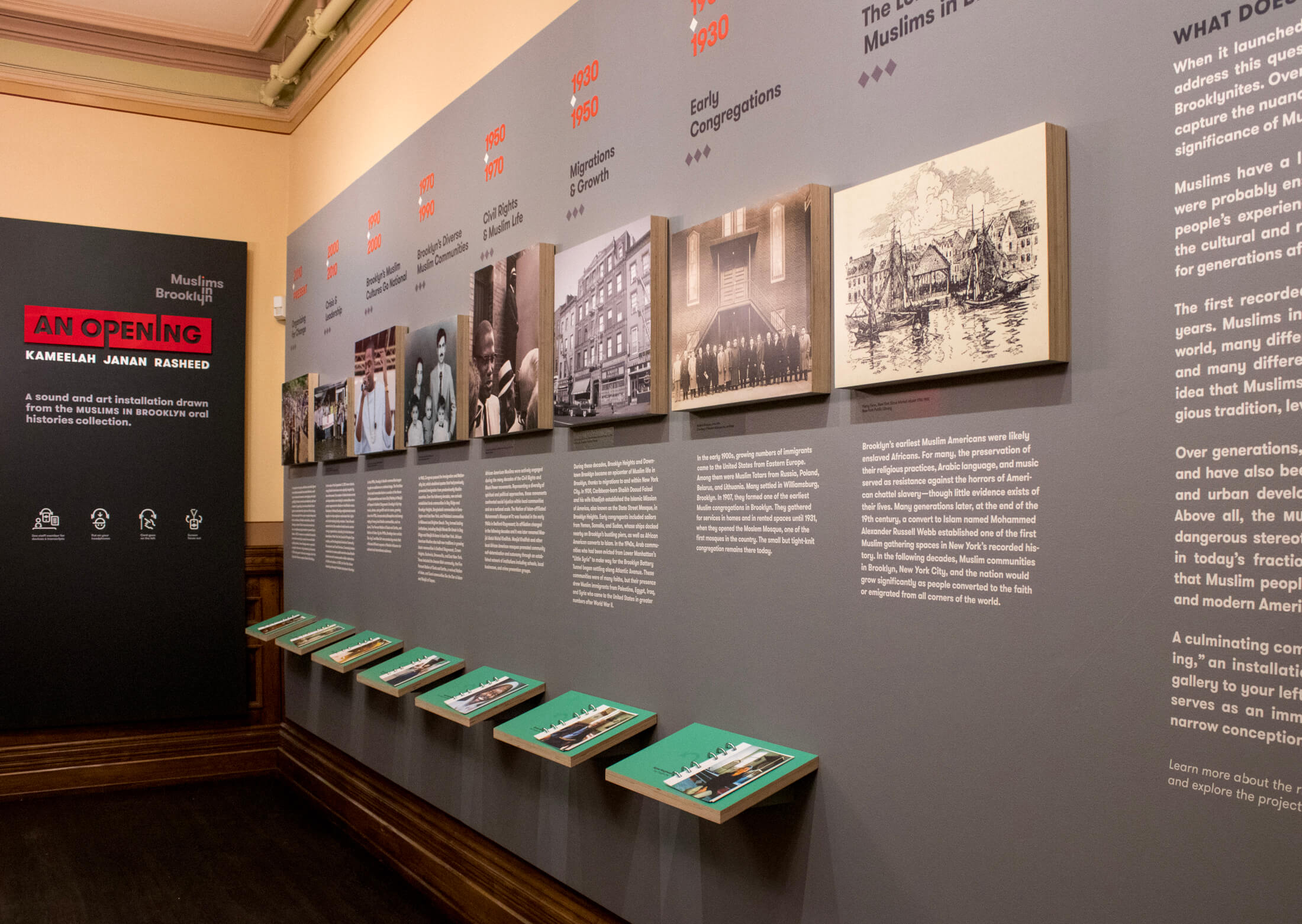
The 2019 exhibition. Photo by Susan De Vries
Meanwhile, history junkies can check out the website’s timeline, which uses old newspaper articles and photographs to illustrate the history of Muslims in New York since the 17th century. The borough is filled with Muslim history — North America’s oldest functioning mosque, which opened in 1931, is in Williamsburg, and Bedford-Stuyvesant is home to Masjid Khalifah, a mosque founded by Malcolm X, for example.
Schwartz said that the society pioneered the years-long “Muslims in Brooklyn” oral history project — which also featured art exhibits, panel discussions and other public exhibits — not only to lift up Muslim voices, but also to build a longterm relationships with the Muslim community.
“We wanted it to be a partnership with people in the community,” she said. “While we wanted to introduce their stories into our collection, they are still their stories.”
Editor’s note: A version of this story originally ran in Brooklyn Paper. Click here to see the original story.
